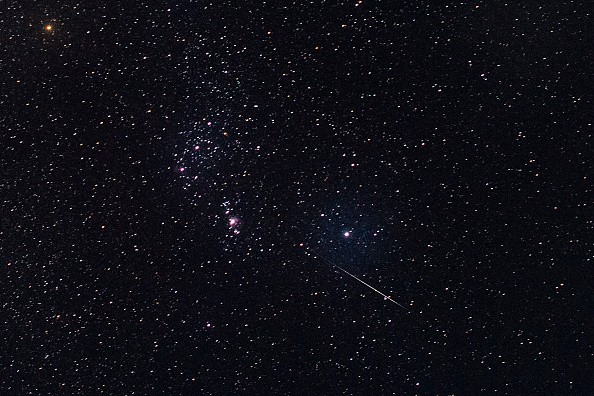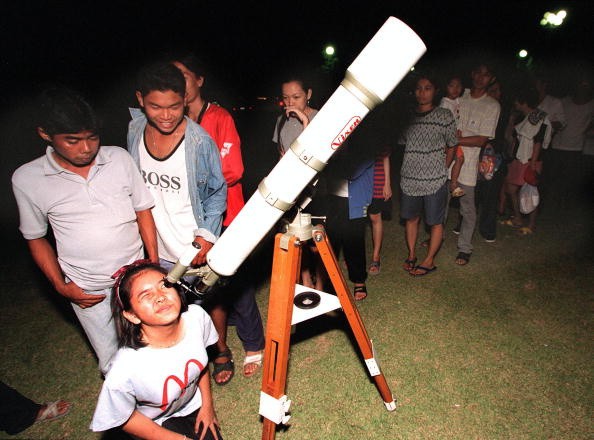The Leonids have been responsible for some of the most extraordinary meteor outbursts in history. Is it going to be the same for 2021?

Leonid Meteor Shower to Peak This Week
The third and last November meteor shower is about to peak, an occurrence that has been legendary over the years for periodically turning into a complete meteor storm.
This year's Leonid meteor shower will peak in days with the greatest viewing opportunities on Wednesday, Nov. 17, and Thursday, Nov. 18. On the night of the event, the Leonids are an average meteor shower, with roughly a dozen shooting stars every hour.
As a result of this, the Leonids may occasionally explode into a heavenly waterfall with up to 30 meteors every second.
The American Meteor Society noted that Leonids are well known for creating meteor storms in the years 1833, 1866, 1966, 1999, and 2001.
According to EarthSky, the 1833 occurrence is known as "the night the stars fell," since up to 100,000 meteors per hour fell from the skies. This was the first meteor storm in contemporary history to be documented.
Leonid meteor showers are a once-in-a-lifetime phenomenon that occurs as the Earth passes through a new path of debris left by the comet's parent, comet 55P/Temple-Tuttle.
Area of the Sky Onlookers Should Focus on
The Leonids' appearance in 2021 peaks only a few evenings before the full moon. This means that for most of the night, a brilliant, nearly full moon will be visible in the sky, getting rid of some of the fainter meteors.
Despite the moonlight, observers may be able to see some shooting stars, since the meteors associated with the Leonids are very bright. Focus on a darker section of the sky away from the moon to have the greater chance of seeing a meteor.
The Taurid meteor shower, which is active throughout November, may produce a few brilliant fireballs in the sky.
From Tuesday night into Wednesday morning, according to AccuWeather Senior Meteorologist Adam Douty, an area of high pressure located over the southern United States could provide good viewing conditions to the region.
As a huge cold front cuts across the area, conditions will be less favorable in sections of the Central states. The Great Lakes and Upper Midwest are likely to have poor viewing conditions, while the Plains will have somewhat better conditions.

Geminid Meteor Shower: Active Yearly Meteor Showers
A large portion of the interior West, including the Great Basin, may see mostly clear skies, Douty said. However, persisting clouds in the Northwest and northern Rockies may provide a mixed bag of viewing state, with some regions seeing breaks in the clouds and others staying cloudy, he said.
There will be a small gap in meteor activity once the Leonids pass, but good things come to those who wait.
The Geminid meteor shower, which occurs around mid-December, is one of the most active yearly meteor showers. According to the AMS, rates might reach 100 meteors per hour on the night of December 13 into December 14.
As the Geminids approach, skywatchers should keep a close eye on the weather forecast, not only because of the chilly December evenings, but also because of the broad clouds that typically obscure the sky above North America at this time of year.
Related Article : 2021 Orionid Meteor Shower is Nearing its Peak: Here's When and How to View This Celestial Show
For more news, updates about meteor showers and similar topics don't forget to follow Nature World News!
© 2025 NatureWorldNews.com All rights reserved. Do not reproduce without permission.





